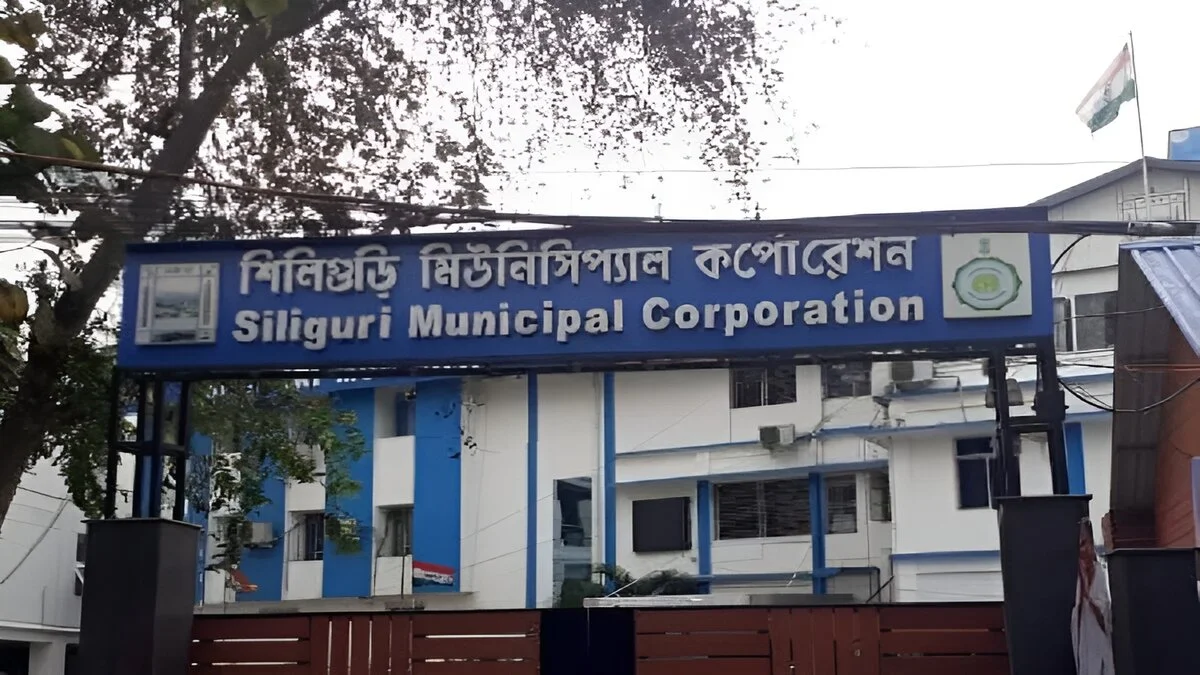How a Mid-Sized Indian City Is Beating Dengue With Tech and Tactics
Introduction: A Dramatic Drop in Dengue Cases
In 2022, Siliguri was battling a dengue crisis—3,000 cases overwhelmed hospitals, and panic spread through the city. Fast-forward to 2024, and the numbers tell a different story: just 176 cases were reported. This 94% drop didn’t happen by chance. The Siliguri Municipal Corporation (SMC) launched an aggressive, tech-driven strategy that could now serve as a blueprint for cities worldwide.
Siliguri’s success offers rare hope, with dengue cases surging in other parts of India—Kolkata, Uttar Pradesh, and Punjab- which have all seen recent spikes. The key? Drones, data, and disciplined execution.
The Wake-Up Call: Siliguri’s 2022 Dengue Outbreak
Two years ago, Siliguri’s healthcare system was stretched thin. Hospitals overflowed with dengue patients, and the city’s usual mosquito control methods—fogging and manual inspections—failed.
An investigation revealed why:
- Waterlogged streets from poor drainage
- Uncovered construction sites where rainwater collected
- Neglected vacant plots filled with garbage and stagnant water
“We realized we were fighting blind,” said Mayor Gautam Deb. “We needed a smarter approach.”
The Game Changer: Drones Take to the Skies
In early 2024, the SMC deployed drones for aerial surveillance across all 47 wards. The goal? To create a real-time map of dengue hotspots.
How It Works:
- High-resolution imaging identifies waterlogging, illegal dumping, and uncovered drains.
- AI-powered analysis pinpoints mosquito breeding sites with 90% accuracy.
- Ground teams are then directed to exact locations, eliminating guesswork.
Results:
- Survey time was reduced by 70% compared to manual inspections.
- 400 high-risk sites were identified, including 135 vacant plots cleared of waste.
“Drones give us eyes in the sky,” said a senior health official. “We now know where to strike before an outbreak even starts.”
Beyond Drones: A Multi-Pronged Attack on Dengue
Technology alone isn’t enough—Siliguri combined drones with on-the-ground action:
1. Door-to-Door Fever Tracking
- Health workers visit homes to detect early dengue symptoms.
- Suspected cases are immediately tested and isolated.
2. Strict Fines for Neglected Properties
- Owners of 400 vacant plots were fined if they didn’t clear the garbage.
- The SMC cleaned 135 sites when the owners failed to act.
3. Weekly “Dry Days”
- Residents are instructed to empty containers holding stagnant water.
- Teams conduct surprise checks in high-risk zones.
Why Other Cities Should Copy This Model
Siliguri’s strategy isn’t just practical—it’s affordable and scalable.
- Low-Cost Tech: Basic drones cost less than ₹50,000, making them viable for small towns.
- Predictive Policing: Resources are used efficiently, focusing on 8-9 high-risk wards.
- Community Involvement: Local women’s groups (Nirmal Sathis) monitor cleanliness, ensuring long-term sustainability.
Cities like Hoshiarpur (Punjab) have seen similar success with drones, proving this isn’t a one-off miracle.
Challenges: What Siliguri Learned the Hard Way
The plan wasn’t perfect from day one:
- Resistance from property owners who ignored cleanup notices.
- Initial funding shortages delayed drone deployment.
- Public skepticism about privacy concerns with aerial surveillance.
But starting early (before monsoon season) and enforcing strict penalties turned the tide.
Conclusion: A Blueprint for the Future
Siliguri’s story proves that dengue can be beaten—with the right mix of tech and determination. As climate change increases mosquito-borne diseases, other cities must act fast.
The question is: Will they learn from Siliguri’s success or keep repeating old mistakes?










